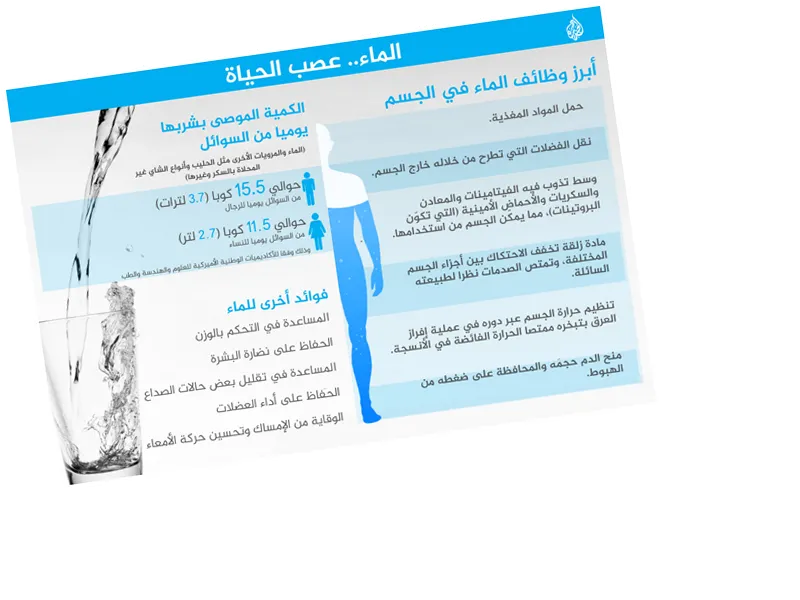Understanding the Neural Mechanisms of Imitative Behavior
Recent research led by scientists from the University of Bologna has unveiled the intricate neural mechanisms that provoke the instinct to yawn when observing someone else yawning. This phenomenon, known as imitative behavior, plays a crucial role in enhancing social interactions and fostering cohesion among individuals. The findings, published in the Proceedings of the National Academy of Sciences, shed light on how our brain regulates this behavior, suggesting potential clinical applications for cognitive disorders.
The Role of Automatic Imitation in Social Interactions
Imitative behavior is not just limited to yawning; it forms the foundation of many complex social interactions. When we unconsciously mimic the facial expressions or speech patterns of those around us, we engage in what is termed automatic imitation. This behavior can significantly impact interpersonal relationships, and understanding its underlying mechanisms could provide insights into social behavior and its implications for mental health.
Advanced Techniques in Brain Stimulation Research
To explore these neural connections, researchers utilized a cutting-edge technique known as paired cortical-cortical associative stimulation. This non-invasive method allowed them to stimulate specific brain areas and observe the effects on imitation behavior. The study included 80 participants who underwent various stimulation protocols to assess how changes in brain connectivity influence both voluntary and automatic imitation. Results indicated that enhancing connections between specific motor areas increased automatic imitation tendencies, while weakening these connections had the opposite effect.
- The study's lead researcher, Professor Alesso Avenanti, emphasized the implications of these findings for therapeutic applications. By manipulating brain plasticity, there is potential to improve cognitive performance in individuals with disorders characterized by social dysfunction or neuroticism. The research highlights the importance of understanding how different brain circuits contribute to social behaviors, which could lead to innovative treatment strategies. Additionally, the study's results demonstrated that the supplementary motor cortex plays a critical role in cognitive control, helping individuals avoid inappropriate imitation in certain contexts. This balance between automatic and controlled processes is essential for effective social functioning.






